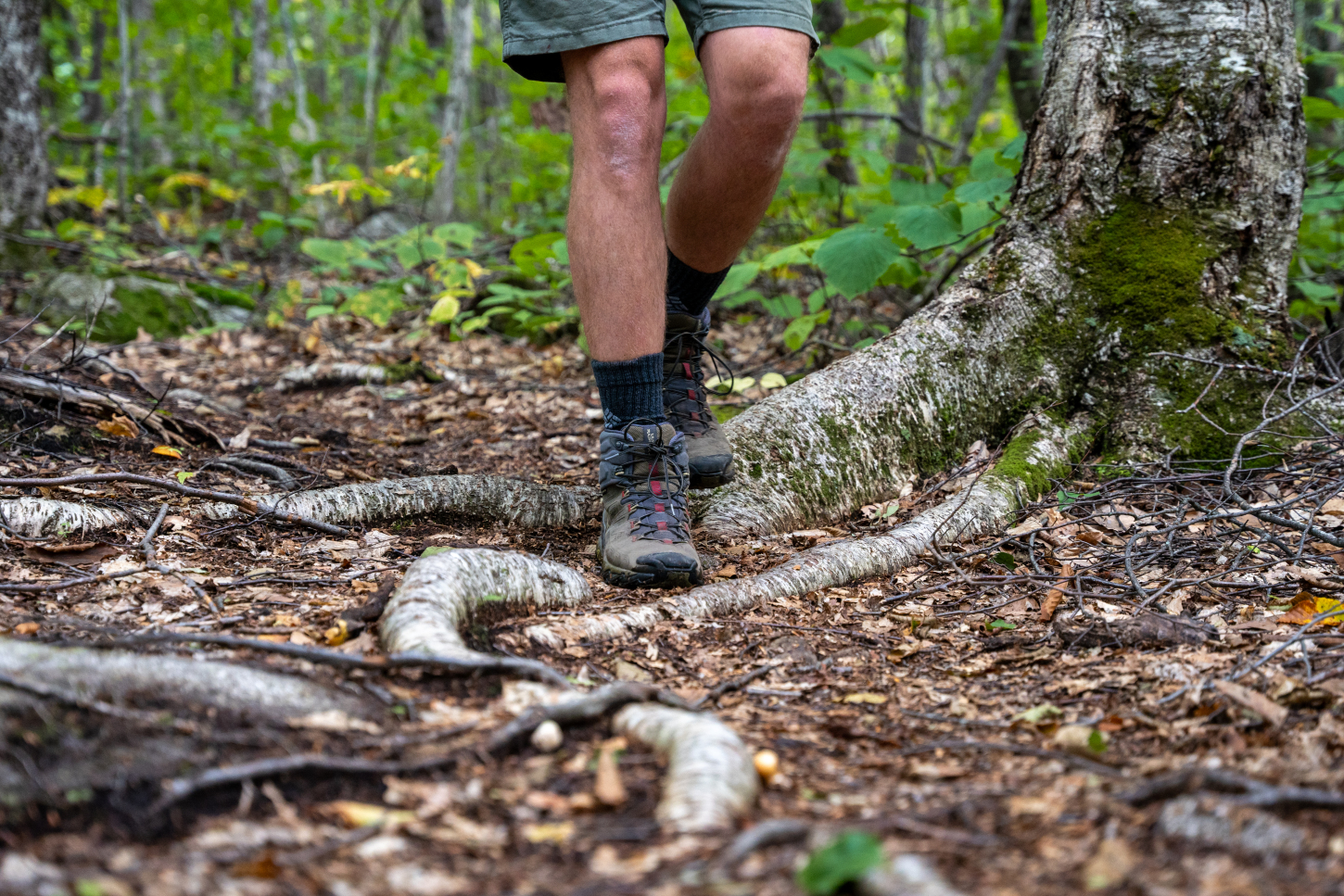
NPS / Gin Majka Ticks are small — so small, in fact, that they can be very difficult to see with the naked eye. 14 different species of ticks can be found in the state of Maine. The two most common are the deer tick and the American dog tick. Ticks can transmit diseases to humans through a bite. It is important to take precautions whenever you are out exploring the monument, even if you're just taking a short stroll through nature. FIND OUT MORE... Tick TransmissionTicks are often found in wooded areas with leaf litter, as well as tall grass and shrubby undergrowth area where they wait on the tips of leaves to attach to a passing host. Physical contact is the only method of transportation; they do not jump or fly. Hosts who pass through vegetation with ticks may find one or many ticks crawling on them. On people, ticks usually attach to the skin at tight places such as sock and undergarment lines. Risk of DiseaseLyme Disease and Rocky Mountain Spotted Fever are among the serious illnesses that can be transmitted by tick bites. These diseases can go undiagnosed if the affected person is not alert to these diseases' symptoms, particularly if the patient's physician is in a region not usually affected by tick-borne illnesses. Signs and Symptoms to Look For Human symptoms of tick-borne illness usually appear 1 to 2 weeks after the tick bite and include:
Preventing Tick Bites
What If I Find an Attached TickTimely and proper removal of ticks greatly decreases the chance of diseases being transmitted. If you find a tick attached to you, remove the tick and clean the bite site. If you become ill after a tick bite, even weeks later, see a health care provider. Some species of ticks are so small that you may never see them, so if you become ill after visiting an area where ticks are common, you should inform your health care provider of the possibility of a tick-borne disease. Tips on how to Remove a Tick:

Source: CDC |
Last updated: November 22, 2023
